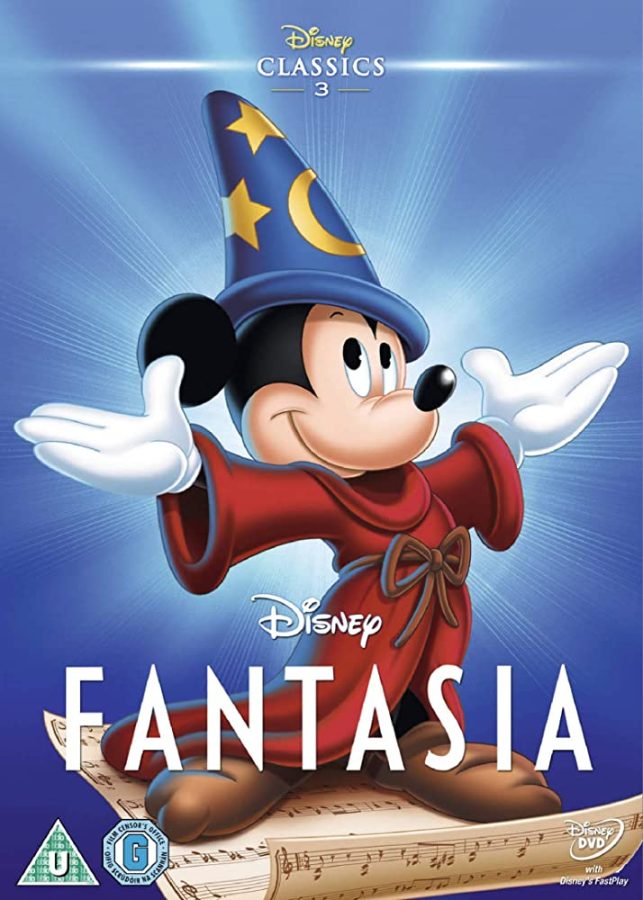A Disney experiment pays off
Revolutionary animation and classical music team up to make a hit.
83 years ago, a Disney film altered the course of animation and how people see it as an art form. That was the 1940 film Fantasia.
It’s a compilation of animated sequences accompanied by classical music compositions: Toccata and Fugue in D minor (Bach),The Nutcracker Suite (Tchaikovsky), The Sorcerer’s Apprentice (Dukas), Rite of Spring (Stravinsky), Pastoral Symphony (Beethoven) Dance of the Hours (Ponchielli), Night on Bald Mountain (Mussorgsky).
Walt Disney and Ben Sharpsteen oversaw the development of the 1940 American animated musical anthology film Fantasia, which was written and directed by Joe Grant and Dick Huemer. The third Disney animated feature film features eight animated parts set to classical pieces conducted by Leopold Stokowski, with the Philadelphia Orchestra playing seven of the pieces. According to Wikipedia, the film’s master of ceremonies, music critic and composer Deems Taylor, introduces each portion in live action.
Released in 1940, Fantasia received mixed reactions from critics and audiences. Some praised the film’s technical innovation and artistic vision, while others found it challenging to understand the complex nature of the film. Despite strong opinions against the film, Fantasia went on to become a beloved classic, finding its place in the hearts of many generations to come.
Music critic John Simmons wrote, “The boldness of Fantasia lies in its ability to bridge the gap between the highbrow world of classical music and the accessible world of animation. It created a unique experience that both educated and entertained.”
I found the scenes Russian Dance and Chinese Dance to be both comedic and bold with colors. I was surprised at how well it was done for being filmed in 1940, since the animation was very advanced for the time it was filmed. The music was very intriguing and complex, and since it was accompanied by animation, the music helps set the mood, and helps the audience know what to feel.
Furthermore with sound and animation, Fox Carney of Disney’s Animation Research Library explains, “Fantasia was not only an experience of sight but of sound as well. [The film’s tech team developed] a new technique of sound recording and playback, called Fantasound, [which] was an early precursor to today’s multi-track stereophonic sound systems and would expand upon the immersive abilities of theatrical presentations. The film’s ultimate success over time set the stage for decades of experimentation in animation.” This really shows that it changed the way animation would be done in the future. Without the making of Fantasia, creators wouldn’t have been inspired to use intricate background music to enhance their films.
“The animation in Fantasia is truly a groundbreaking achievement. It was a bold experiment that pushed the boundaries of what animation could achieve,” said film historian Jane Anderson. “Disney took a risk by blending classical music with animation, but it ultimately paid off, elevating the medium to new heights.”
Eight decades after its release, Fantasia continues to enchant audiences with its timeless blend of music and animation. Walt Disney’s audacious vision and the talented team of artists and animators brought to life a symphony of visuals that remains unparalleled to this day. As the film continues to captivate new audiences, it solidifies its place in cinematic history as a true work of art.

I’ve lived in the Fairfield/Suisun/Vacaville area all my life and I was born February 3, 2008. I am a freshman this year.
This summer I really found...
